Key Takeaways
- Dust mites are microscopic arachnids thriving in warm, humid environments, feeding on human and pet skin flakes.
- Common household spots include bedding, upholstered furniture, carpets, and curtains.
- Dust mites trigger allergies, asthma symptoms, skin irritation, and respiratory discomfort through airborne allergens.
- Control methods include reducing indoor humidity below 50%, using allergen-proof covers, regular cleaning, and washing bedding weekly.
- Dust mites don’t bite; allergic reactions stem from their fecal matter and body fragments, making professional pest control helpful for severe infestations.
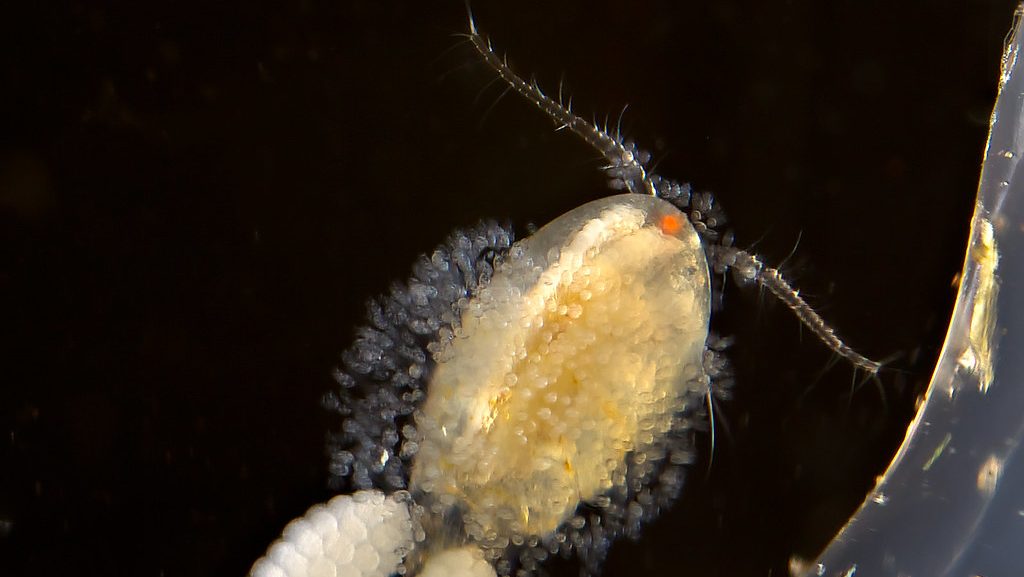 Dust mites are microscopic pests that infest our homes, often unnoticed, yet their impact on health can be significant. Thriving in warm, humid environments, these tiny arachnids eat dead skin cells from humans and pets.
Mites’s presence can trigger allergies, worsen respiratory issues, and contribute to skin irritation. This guide offers an overview of what are dust mites ad how to deal with them, their habits, and steps to prevent and control mite infestations, ensuring a healthier living space for you and your family.
Dust mites are microscopic pests that infest our homes, often unnoticed, yet their impact on health can be significant. Thriving in warm, humid environments, these tiny arachnids eat dead skin cells from humans and pets.
Mites’s presence can trigger allergies, worsen respiratory issues, and contribute to skin irritation. This guide offers an overview of what are dust mites ad how to deal with them, their habits, and steps to prevent and control mite infestations, ensuring a healthier living space for you and your family.
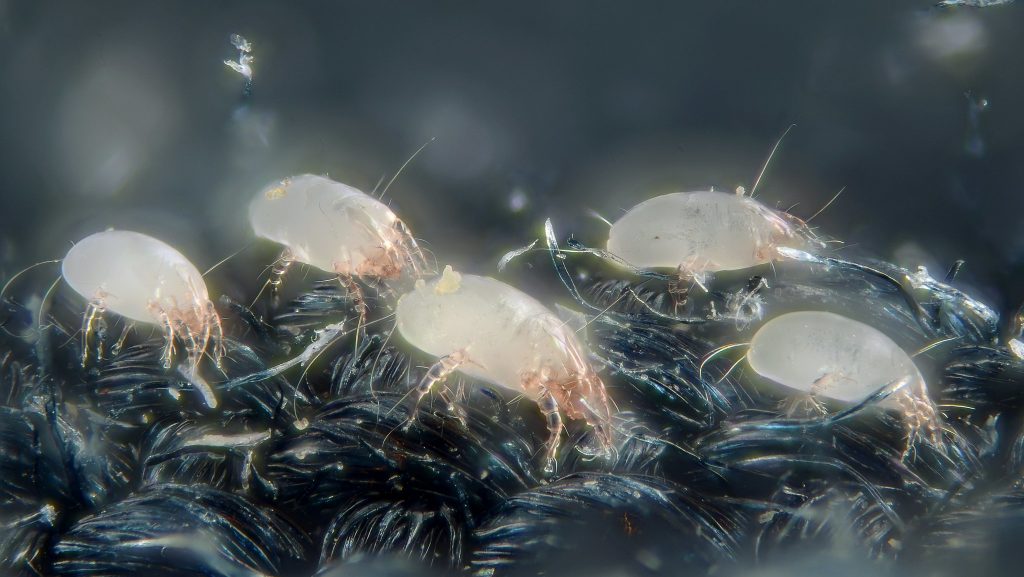

Not getting a solution?
Get your free pest control estimate today!What Are Dust Mites?
-
Size and Visibility: Dust mites are about 0.2 to 0.3 millimeters long and are invisible to the naked eye.
-
Lifespan: They typically live between 60 to 100 days in warm, humid environments.
-
Reproduction: A single female can lay up to 100 eggs during her life, allowing populations to grow quickly indoors.
-
Diet: Dust mites feed on dead skin cells shed by humans and pets. They do not bite or feed on blood.
-
Ideal Conditions: They thrive at humidity levels above 50% and temperatures between 68°F to 77°F (20°C to 25°C).
-
Common Habitats: You’ll find dust mites in warm, humid spots like bedding, upholstered furniture, and carpeting where dead skin cells accumulate.
Areas to Find Dust Mites
-
Bedding: Mattresses, pillows, and blankets create the perfect habitat.
-
Upholstered Furniture: Sofas, chairs, and cushions are prime locations.
-
Carpets and Rugs: The dense fibers trap moisture, dust, and dead skin cells.
-
Curtains and Drapes: Heavy fabric curtains trap moisture and dust, making them ideal for dust mites.

How to Deal with Dust Mites
Effective dust mite control requires both preventive measures and consistent cleaning practices. Below are strategies to reduce their presence in your home.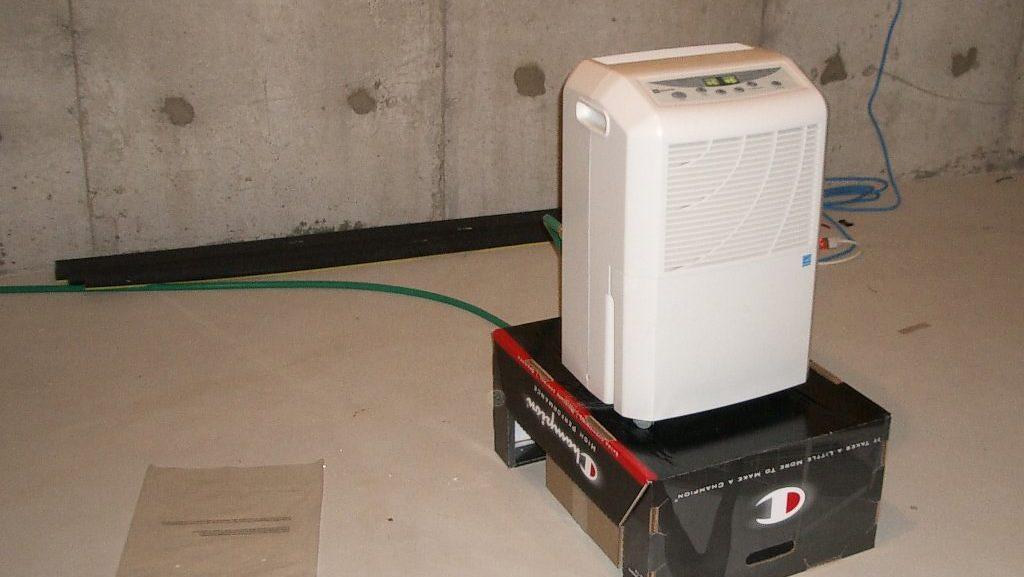
Maintain Low Humidity in Home
Mites are attracted towards humidity, so keep indoor humidity levels below 50% to make the environment less hospitable for dust mites and get rid of them.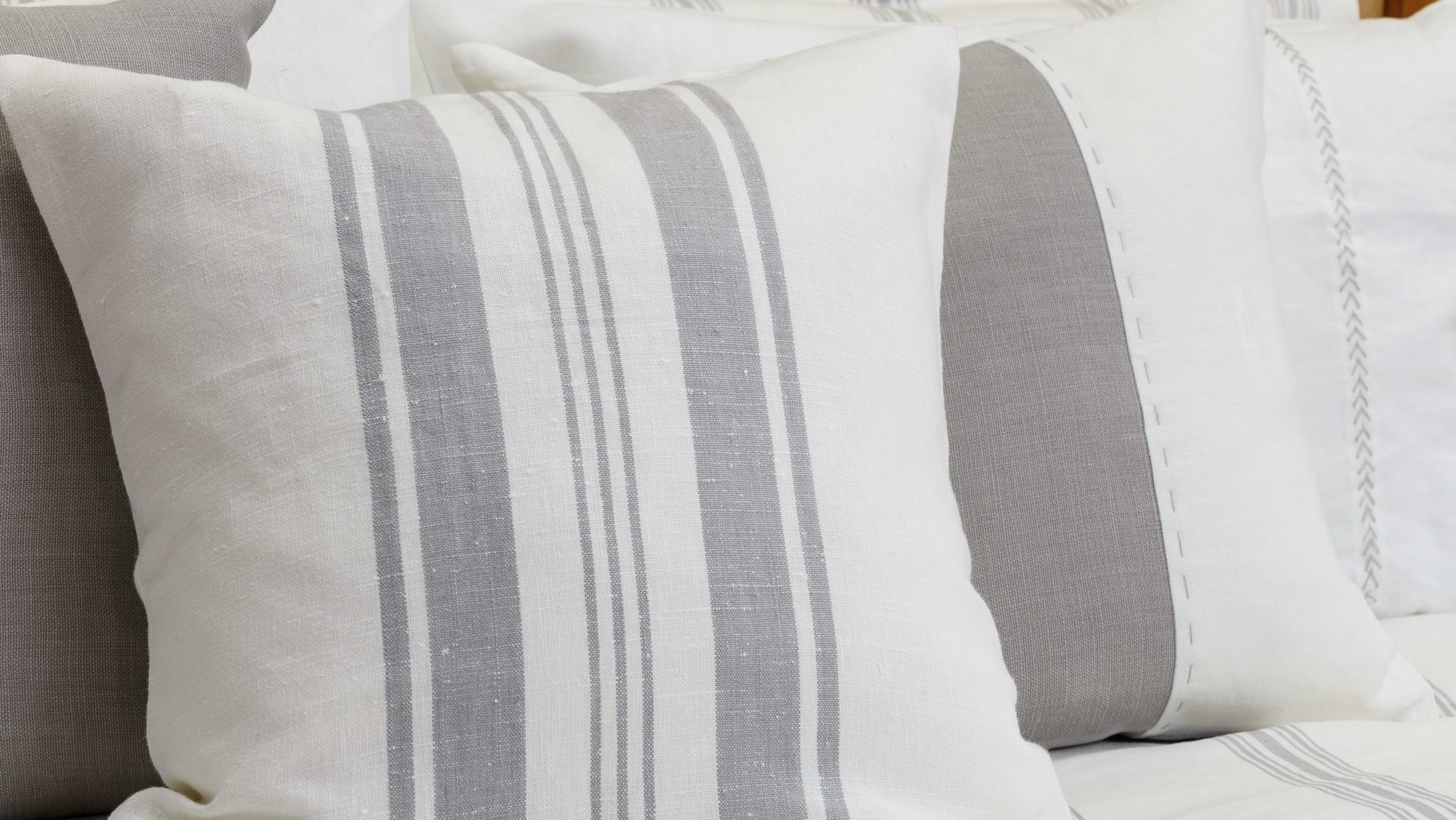
Use Allergen-Proof Covers
Encase mattresses, pillows, and box springs in dust-mite-proof covers. Wash these covers frequently to remove any trapped allergens and remove mites.
Reduce Dust Accumulation
Remove items that accumulate dust, such as old books, magazines, and stuffed toys. Use washable curtains or blinds instead of heavy drapes, which are harder to clean.What are the Symptoms of Dust Mite Allergies
Recognizing the symptoms of dust mite allergies can help identify if these pests are affecting your health.Symptoms of Dust Mite Allergies
-
Sneezing, Coughing, and Wheezing: Persistent sneezing or coughing, especially upon waking, can be a sign of exposure.
-
Runny or Stuffy Nose: Mucus production increases as the body reacts to allergens.
-
Asthma Exacerbation: Those with asthma may experience flare-ups due to dust mite exposure.
-
Itchy Skin or Eczema Flare-ups: Dust mite allergens can irritate the skin, triggering eczema in sensitive individuals.
-
Redness or Irritation: Contact with dust-heavy areas like beds or upholstered furniture can lead to skin irritation.
-
Watery or Itchy Eyes: Airborne dust mite allergens can irritate the eyes.
-
Frequent Sinus Infections or Headaches: Allergic reactions may cause sinus congestion and lead to headaches.
Why Are Dust Mites Harmful?
Although dust mites do not bite or directly harm humans, their presence can significantly affect health. Their feces and body fragments become airborne and trigger allergic reactions in sensitive individuals. This is why dust mite control is essential for maintaining a healthy home environment.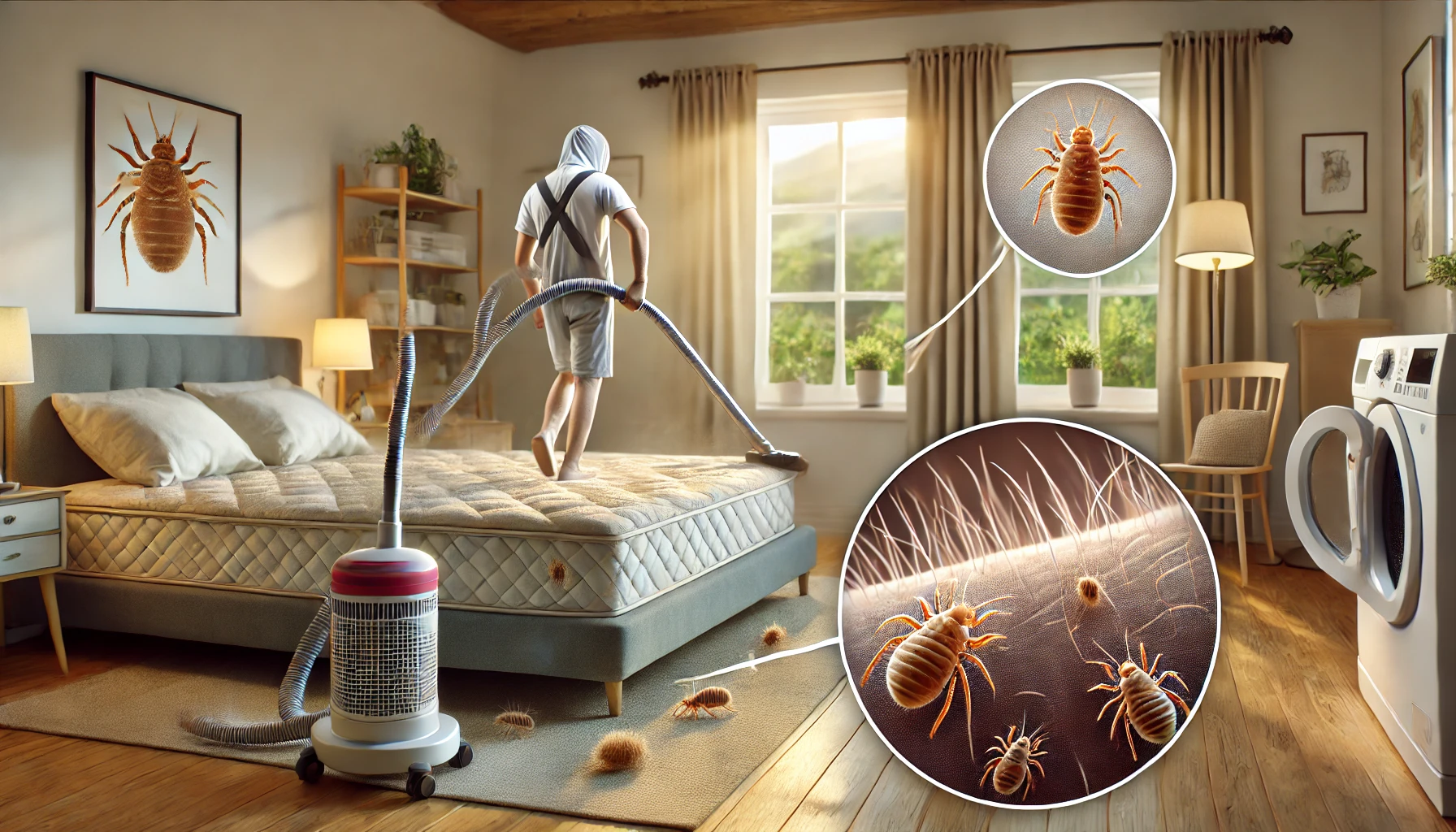
How to Prevent Mite Infestation: Proven Methods for a Healthier Home
Dust mites are stubborn pests—but the good news is, prevention is completely within your control. Implementing the following in-depth strategies can drastically reduce mite populations and create a healthier, allergy-free home environment.Wash Bedding Weekly in Hot Water
- Bedding, including sheets, pillowcases, blankets, and comforters, is the ultimate paradise for dust mites. They thrive in these environments because they provide warmth, humidity from sweat, and an abundant supply of human skin flakes.
-
Target Dust Mite Havens: Bedding provides the perfect environment for dust mites due to warmth, moisture, and a steady supply of skin flakes.
-
Use Hot Water: Wash bedding weekly at 130°F (55°C) or higher to kill dust mites and remove allergens. Lower temperatures are ineffective.
-
Dry Thoroughly: Use a hot dryer to fully dry bedding. This step kills remaining mites and prevents moisture buildup.
-
Hypoallergenic Detergent: Choose allergy-friendly detergents to minimize skin irritation and further reduce allergen residues.
To effectively eliminate dust mites and their allergens:
Vacuum Regularly with HEPA Filters
- Not all vacuum cleaners are created equal—especially when it comes to dust mite control. Standard vacuums may recirculate microscopic allergens back into the air, worsening your allergies instead of relieving them.
-
HEPA-Equipped Vacuums: Use vacuums with High-Efficiency Particulate Air (HEPA) filters to capture dust mites, eggs, and waste as small as 0.3 microns.
-
Regular Schedule: Vacuum carpets, rugs, upholstered furniture, curtains, and mattresses at least twice a week to control dust mite populations.
-
Maintain Filters: Clean or replace HEPA filters according to manufacturer instructions to ensure continued effectiveness and prevent allergen leakage.
For effective dust mite control:
Deep Clean with Steam
- When traditional cleaning methods fall short, steam cleaning can be your secret weapon. Dust mites cannot survive exposure to high heat, making steam cleaners an incredibly effective tool in your battle against mite infestations.
-
High-Temperature Steam: Steam cleaners emit heat between 212°F and 250°F (100°C–120°C), effectively killing dust mites and neutralizing allergenic waste on contact.
-
Target Problematic Areas: Use steam on mattresses, carpets, upholstery, and curtains at least monthly to deeply sanitize areas where dust mites thrive.
-
Allow Proper Drying: Ensure all items dry thoroughly after steam cleaning to prevent mold growth. Use fans or open windows for faster drying.
How to properly use steam cleaning for mite control:
Freeze Non-Washable Items to Kill Dust Mites
- Not all household items are washing machine-friendly. Stuffed animals, delicate pillows, certain fabrics, and small decorative items can still harbor significant dust mite populations.
-
Place Items in Freezer Bags: Seal non-washable items like stuffed animals or decorative fabrics in airtight plastic bags to prevent moisture and contamination.
-
Freeze for 24–48 Hours: Store sealed items in the freezer for 24–48 hours at temperatures below freezing to kill dust mites and their eggs.
-
Remove and Clean: After freezing, shake or vacuum items outdoors to remove dead mites and allergenic debris.
Here’s how to effectively use freezing to eliminate dust mites:
Encase Bedding in Allergen-Proof Covers
- Dust mites absolutely love bedding, and the reality is your mattress and pillows contain millions of microscopic allergenic particles from mites.
-
Tight-Weave Fabrics: Allergen-proof covers use tightly woven fabric that blocks dust mites and their waste from passing through, helping reduce exposure.
-
Complete Enclosure: Choose zippered covers that fully encase mattresses, pillows, and box springs to prevent mites from entering or escaping.
-
Washable and Durable: Wash covers every 1–2 weeks to keep allergen buildup low. Look for high-quality materials that hold up to frequent laundering.
Regular covers just aren’t enough.
Myths and Facts About Dust Mites
Despite their tiny size, dust mites are surrounded by mis-information. Here are some common myths and the facts to debunk them.| Myth | Fact |
|---|---|
| Dust mites bite humans. | They do not bite; they feed on dead skin. |
| Dust mites live only in dirty homes. | They thrive in warm, humid conditions. |
| Air purifiers eliminate all dust mites. | Purifiers reduce allergens but not mites in fabrics. |
| Dust mites are only active at night. | Dust mites are active 24/7. |
| Dust mites are insects. | They are arachnids, like spiders and ticks. |





